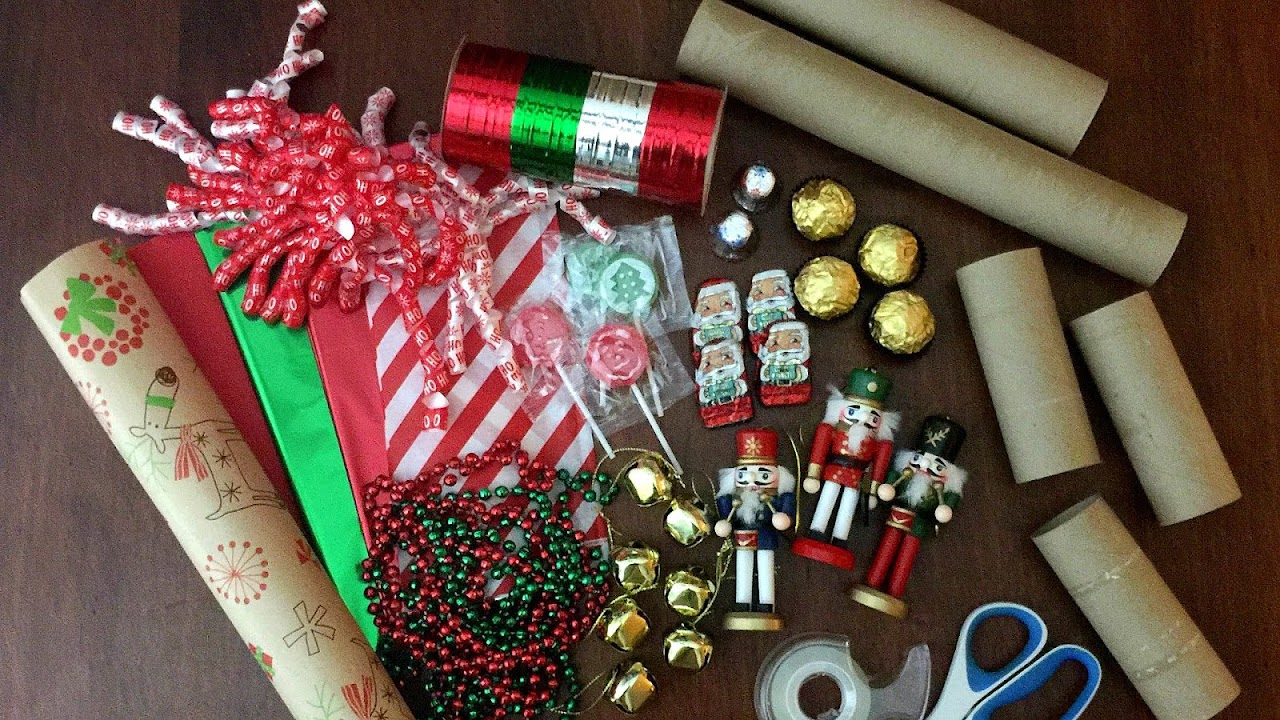
Christmas wafer (Polish: op?atek, plural op?atki; Lithuanian: kal?daitis, plural kal?dai?iai) is a central European Christian Christmas tradition celebrated in Poland, Lithuania and in some parts of Slovakia during Wigilia, or the Christmas Eve Vigil.
The unleavened wafers are baked from pure wheat flour and water, are usually rectangular in shape and very thin; they are identical in composition to the altar bread that becomes the Eucharist at the consecration during Mass in the Roman Catholic Church. Being only a reminder of the Body of Christ used in private homes, Op?atki lack sanctification by a priest or bishop. The Op?atki wafers are embossed with Christmas-related religious images, varying from the nativity scene, especially Virgin Mary with baby Jesus, to the Star of Bethlehem.

Maps, Directions, and Place Reviews
Observance and Practice
Before partaking of the Christmas Eve meal, the family gathers around the table. The eldest member holds a large wafer and breaks off a piece to begin the ritual.The remaining wafer is passed on to another member while a prayer for loved ones is said. This continues until everyone at the table has a piece of the wafer. Finally, the family members consume their share quietly.
Christmas Cracker Diy Video
History and Cultural Importance
The breaking of the Christmas wafer is a custom that began in Poland in the 10th century and is practiced by people of Polish ancestry around the world. It is considered the most ancient and beloved of Polish traditions.
In Poland and some parts of Central Europe, these Christmas wafers are dyed and used as ornaments. They are also sent as small trinkets with greeting cards to loved ones who are away from home.
The Christmas wafer symbolizes the unity of the family, which many consider to be the main pillar of society. According to beliefs, the bond of unity should exist between family members. The father is seen as the link in the unbroken chain of One Body, One Bread, One Christ, and One Church, while other family members join him in this eternal procession. The wafer also symbolizes forgiveness and reconciliation.

Lithuania
Before the K??ios meal starts, the families in Lithuania share kal?daitis, also known as plotkel?, paplot?lis, plok?tain?lis or Dievo pyragai depending on the region of Lithuania a family is from. A plate with as many wafers as there are persons participating in the meal is placed in the center of the table. Each member of the family is given a piece of unleavened wafer.
The head of the family, typically the oldest person present however often father of the family, then takes a wafer and offers it to a family member wishing them a Happy Christmas. "God grant that we are all together again next year", they respond and break off a piece of wafer. The family member then offers the head of the family a piece of their wafer in return. The head of the family then offers their wafer to every family member or guest at the table.
After them, all the diners exchange greetings and morsels of wafer. Care is taken not to skip anyone for that means terrible misfortune or even death the following year. In breaking a piece of wafer, each tries to get a piece larger than that remaining in the other's hand for it means his year will be better. The person holding the wafer tries to prevent a large piece being taken for this will "break his luck".
When everyone has exchanged wafers, the family members take their pile of wafers before the head of the house. He then looks at the wafers in the family member's hands and reads a fortune from how they are assembled. After this has been completed, people return to their seats and the wafers are eaten.

Slovakia
Christmas wafers (oplátky) in Slovakia are round (usually oval) and embossed with various Christmas motifs. They are eaten with honey (and sometimes with garlic) at the beginning of Christmas Eve's dinner.

Origins
The tradition traces its origins to the times of early Christianity (see Antidoron) and is seen as a non-sacramental foreshadowing of the liturgical partaking of the Holy Eucharist (Host), unleavened bread consecrated into the Body, Blood, Soul and Divinity of Jesus Christ. As a Christmas custom the "op?atek" originated in Poland and was spread widely as far back as the 17th century. It was the part of the szlachta's (Polish nobility) culture and the custom had spread throughout the Polish-Lithuanian Commonwealth and neighbouring countries. In the 19th century in the aftermath of the partitions of Poland it gained patriotic subtexts as the common wish during sharing of "op?atek" became the wish for Poland's regaining its independence. Since that time "op?atki" are often embossed with religious images. In the 20th century "op?atek" custom went beyond families and gained another meaning: the meeting of present or past co-workers or students.
Source of the article : Wikipedia


EmoticonEmoticon